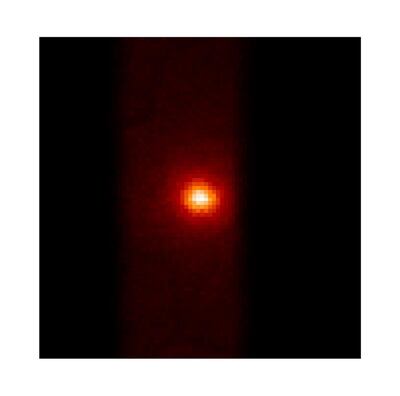Latest: Hope probe safe and to begin sending first findings in April
The UAE made history when its Hope probe successfully entered Mars' orbit to begin a two-year data-collecting mission.
Omran Sharaf, mission director, gave confirmation of orbit entry at 8.13pm on Tuesday.
The mission’s success was the result of six years of hard work by Emirati engineers at the Mohammed bin Rashid Space Centre.
With the spacecraft now in the Red Planet's capture orbit, what is next for Hope?
Where is Hope now?
The probe is in Mars' capture orbit and will remain there until 10.57am on February 11. From the time of arrival, Hope will spend 40 hours in the capture orbit. The orbit is elliptical, rather than circular, meaning Hope will move closer to Mars' surface before being slingshot away as it continues its orbit. As a result, Hope will get as close as 1,000 kilometres from the planet's surface before moving as far away as 49,380km.
While in the capture orbit, the probe will take its first close-up image of Mars using its instruments. Mission control will be in contact with the spacecraft daily, so they can analyse telemetry and upload commands. Telemetry is the collection of measurements or other data at remote points and their automatic transmission to receiving equipment for monitoring.
When will we see the first photo?
We could see a new photo taken by Hope as early as within the week.

What happens after the capture orbit?
Mission control will carry out tests on Hope to ensure its subsystems and three scientific instruments are working properly before any further moves are made. The spacecraft will then position itself, using a series of manoeuvres, to move into the science orbit. Before reaching the science orbit, it must spend a few weeks in the science transfer orbit, where more tests will be conducted before the final move.
Hope will spend two Earth years – which is one Martian year – in the science orbit, collecting one terabyte of atmospheric data.
Entering science orbit
What sets the UAE Mars mission apart from all others is the Hope probe's orbital placement.
It will have a Moon-like orbit, allowing it to capture weather patterns and atmospheric data at different times of the day. Previous missions could make such observations only at the same time each day.
However, Hope will be in an elliptical science orbit, meaning its distance from Mars will vary between 20,000km and 43,000km throughout its cycle. It will take 55 hours to complete one orbit around the planet.
Mission control will make contact with Hope twice a week for six to eight hours each time to check on the probe's health.
What will Hope study?
The spacecraft will study why gases essential to supporting life are escaping from the planet’s atmosphere, as well as weather dynamics.
It will use its three instruments – an infrared spectrometer, exploration imager and ultraviolet spectrometer, to capture data.
The exploration imager will take photos of the planet. It will use specific filters to restrict wavelengths of light and capture images that can help scientists learn about things such as ice in the atmosphere, small water ice particles, ozone and dust storms.
The infrared spectrometer will build images of the planet at different infrared wavelengths, almost like highly-advanced heat vision goggles for Mars.
Each pixel could contain key information about the atmosphere, including temperature, water vapour, carbon dioxide, dust and water ice and temperature of the surface of the planet.
The ultraviolet spectrometer will help to make ultraviolet observations of the top of the atmosphere. It helps to measure particles that may escape from the planet.
Will Hope return to Earth?
No. This is not a return mission. Hope will remain in orbit until it degrades or is burnt up in the atmosphere.
Mission control will receive regular telemetry from Hope throughout its mission.
























